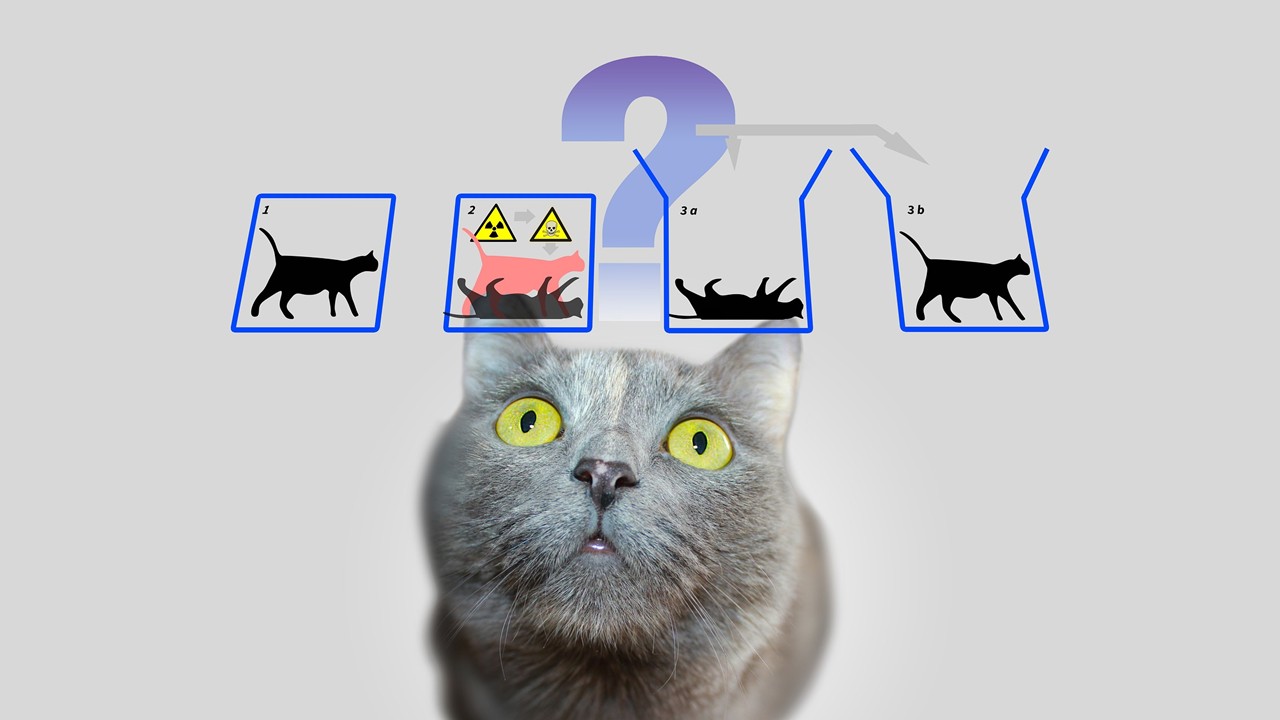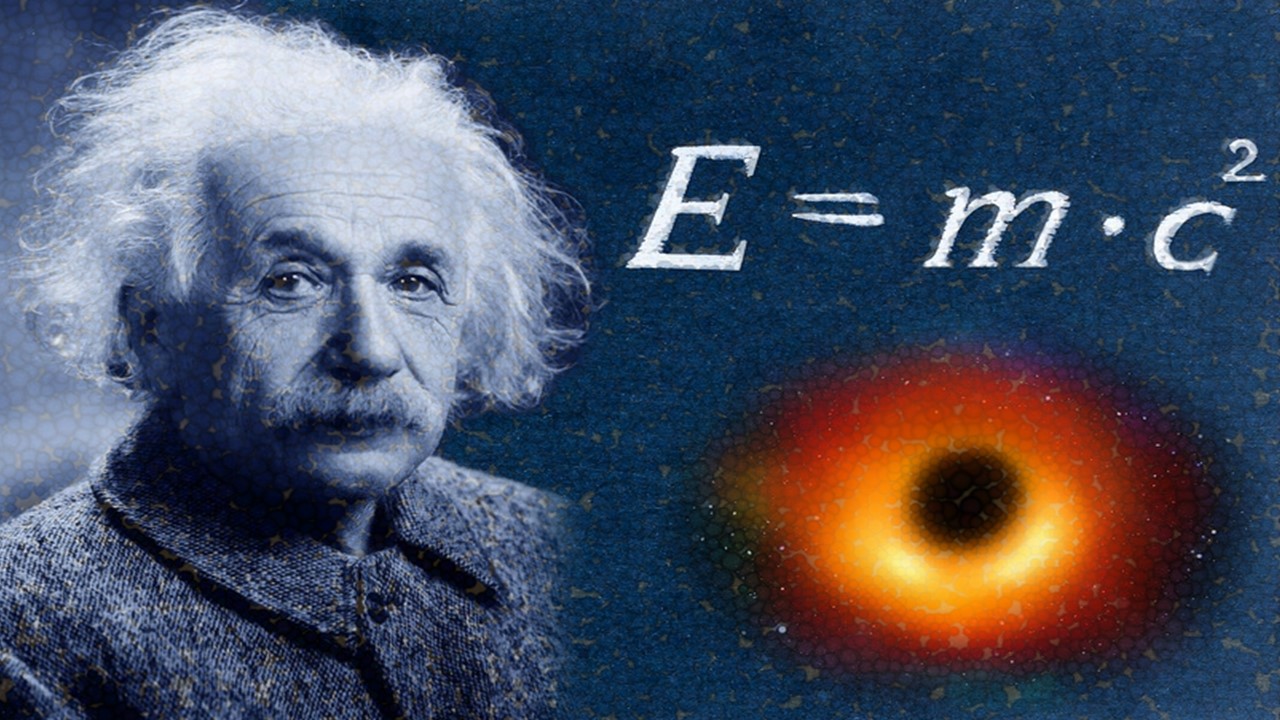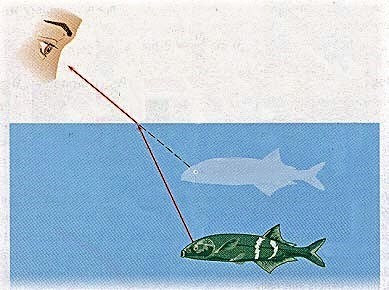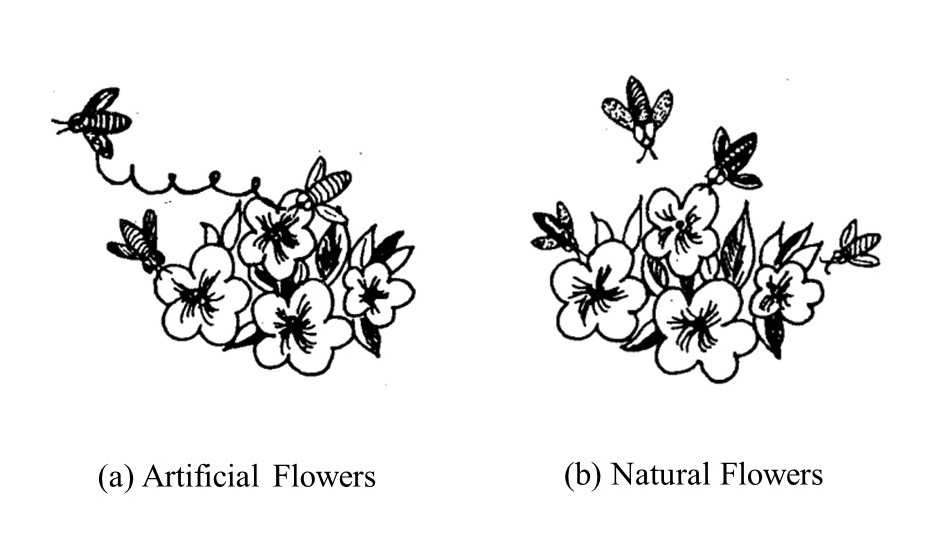
The most remarkable discovery in all of astronomy is that the stars are made of atoms of the same kind as those on the earth: Richard Feynman.
Water makes up nearly 70% of human body by weight. The components - hydrogen is the most abundant element in the universe and oxygen was forged in the interiors of collapsing stars. While the body is this or that many years old the components are nearly as old as the universe itself!
The first atoms were made approximately 380,000 years after the big bang. Prior to this, the universe was a hot soup of ions and subatomic particles. But as the universe continually expanded, it became less dense and colder allowing the simple atoms of Hydrogen.
Humongous clouds of hydrogen were clumped together under the force of gravity and ancient stars began shaping up. Just like a cotton candy is spun from sugar solution, a star is spun from an uncountable number of Hydrogen atoms. How does a star continually burn? Its source of energy is nuclear - by converting Hydrogen to heavier elements, like Helium - the second most abundant element in the universe.
At the end of a star's life, its main fuel Hydrogen ran out and Helium is converted to further heavier elements like Oxygen and Carbon - building blocks of life. Thus, we can say that we are the children of stars. It is a profound realization that only few can truly appreciate. We are made of star stuff, said astronomer Carl Sagan. The nitrogen in our DNA, the calcium in our teeth, the iron in our blood, the carbon in our apple pies were made in the interiors of dying stars.
In the same capacity, physicist Lawrence M Krauss said - Every atom in your body came from a star that exploded. And, the atoms in your left hand probably came from a different star than your right hand. It really is the most poetic thing I know about physics: You are all stardust.
Question is, where do rare elements like Gold, Platinum come from?
The answer is rare occurrences - supernova and neutron star mergers. That's what makes these elements so precious! An ordinary star, like our sun, will die a slow death by becoming a white dwarf first and it will gradually cool to a black dwarf.
On the contrary, stars which are 8 times heavier than the Sun will explode in a supernova, flinging debris miles around, destroying themself, leaving behind a crushed reactor core (a neutron star or black hole). Some heavy elements like iron, nickel, and a bit of gold/platinum can be formed during the core-collapse phase of a Type II supernova.

Even heavier elements - Uranium, which is extremely rare, is formed by the merger of neutron stars, a scarce event called kilonova. Also, most of the gold and platinum in the universe are forged during violent neutron star mergers, where extreme gravity and neutron-rich environments trigger rapid nucleosynthesis — in fact, a single merger can produce hundreds of Earth-masses worth of gold.
This was confirmed in 2017 with the gravitational wave event GW170817, when astronomers observed a neutron star merger producing huge amounts of gold and platinum!
And now the data from the James Webb Space Telescope is helping astronomers identify the infrared signatures of freshly formed gold and platinum in distant kilonovae, offering real-time evidence of heavy metal birth in the early universe.
Summing up, everything we are made of, and whatever we have here on Earth, all life, magic and rare wonder, has come straight from the star factories. We are the universe. We are the successor of starry nights, catastrophic explosions and violent mergers.









































 Physics, astronomy and science history blog for students
Physics, astronomy and science history blog for students